 Nafisah Aslam-Zainudeen: Inspiring the Next Generation of Female Engineers
Nafisah Aslam-Zainudeen: Inspiring the Next Generation of Female Engineers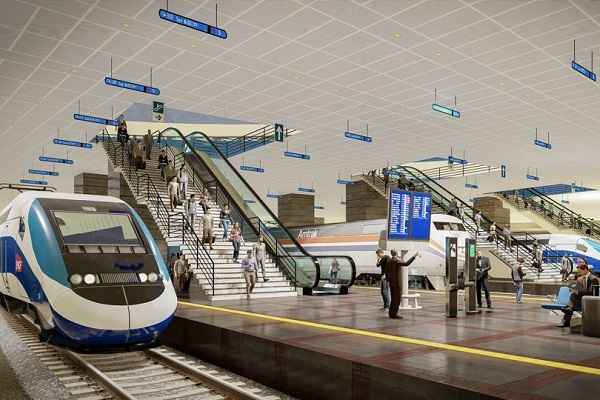 DRA-DMRC JV awarded major contract for redevelopment of Ahmedabad Railway Station
DRA-DMRC JV awarded major contract for redevelopment of Ahmedabad Railway Station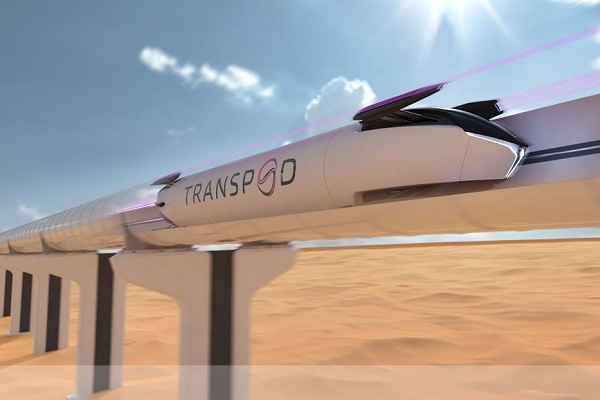 Revolutionizing Transportation: Hyperloop Technology in Saudi Arabia
Revolutionizing Transportation: Hyperloop Technology in Saudi Arabia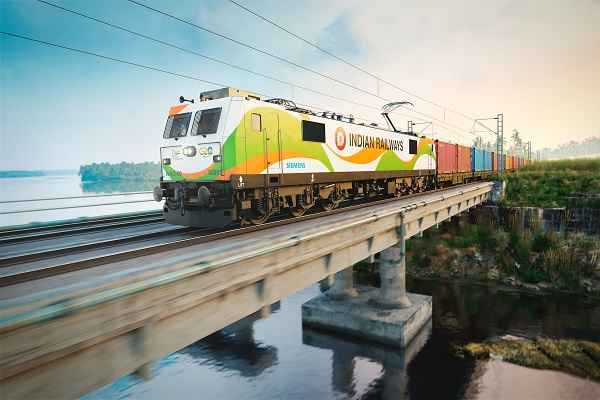 India is not just a market, it is becoming a beacon of hope for the future: Siemens AG
India is not just a market, it is becoming a beacon of hope for the future: Siemens AGSATEBA acquires Rail Business of De Bonte Group in Belgium
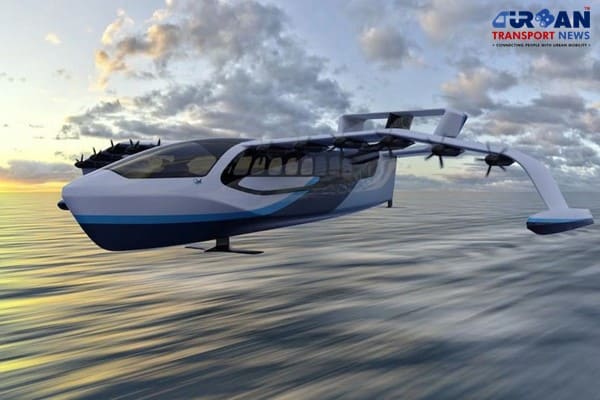 Regent to launch High-Speed Seagliders to transform coastal transportation in UAE
Regent to launch High-Speed Seagliders to transform coastal transportation in UAE California commences construction on $12bn Los Angeles - Vegas High Speed Rail Project
California commences construction on $12bn Los Angeles - Vegas High Speed Rail Project Kochi Water Metro floats tender to procure 15 more electric-hybrid ferries
Kochi Water Metro floats tender to procure 15 more electric-hybrid ferries Siemens Mobility-Hassan Allam Construction JV Sign Contract for UAE – Oman Railway Link
Siemens Mobility-Hassan Allam Construction JV Sign Contract for UAE – Oman Railway Link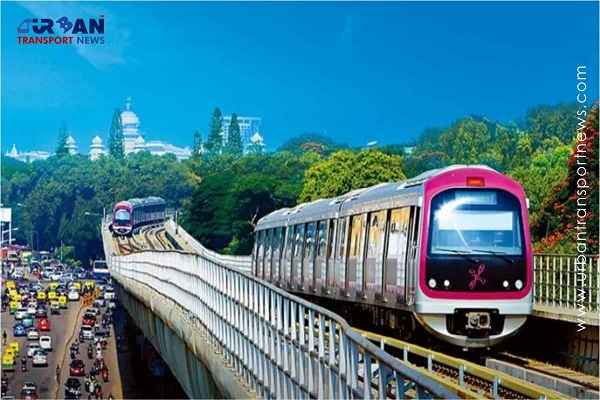 What is better public transport option for Bengaluru - RRTS or Metro Expansion?
What is better public transport option for Bengaluru - RRTS or Metro Expansion?
Rebooting Urban Mobility in India: Paving the Way for the Future
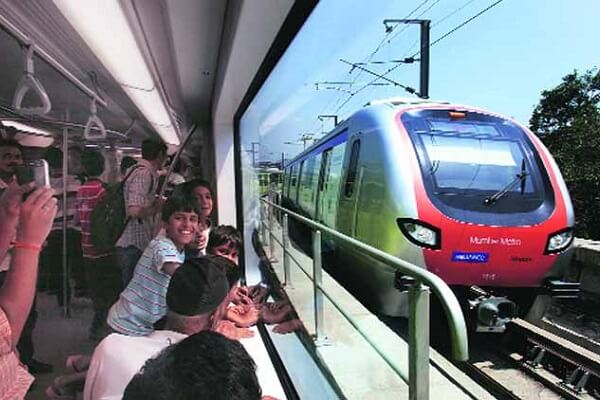
India, with its rapidly growing population and urbanization, faces significant challenges in its urban mobility landscape. As cities continue to expand, the need for efficient, sustainable, and inclusive transportation systems becomes more pressing than ever.
The history of urban mobility in India reflects a fascinating journey of transformation, influenced by historical, cultural, and socioeconomic factors. From traditional modes of transportation to the advent of motor vehicles and the challenges of rapid urbanization, the evolution of urban mobility in India has shaped the country's transportation landscape.
Let's explore the key milestones and transitions in the history of urban mobility in India:-
1. Traditional Modes of Transportation
Before the arrival of modern transportation systems, India relied on traditional modes of transportation for urban mobility. These included walking, cycling, and the use of animal-drawn vehicles, such as bullock carts and horse carriages. These modes of transport were prevalent in cities and towns, and they reflected the agrarian nature of the society.
2. Introduction of Railways
The introduction of railways in the mid-19th century brought a significant transformation in urban mobility. The first railway line in India was inaugurated in 1853 between Mumbai and Thane. The expansion of railways across the country facilitated the movement of goods and people, connecting different cities and towns. Railways played a crucial role in shaping urban growth patterns and promoting economic development.
3. Trams and Horse-drawn Carriages
In the late 19th and early 20th centuries, cities like Kolkata, Mumbai, and Chennai introduced tram systems. Trams, initially powered by horses and later electrified, provided a convenient mode of transport within cities. Horse-drawn carriages, known as Victorias, were also popular for short-distance travel. These modes of transport catered to the growing urban population and served as an integral part of the urban mobility ecosystem.
4. Introduction of Motor Vehicles
The early 20th century witnessed the arrival of motor vehicles in India. Private cars and public buses started becoming more common, gradually replacing horse-drawn carriages and trams. The introduction of automobiles brought newfound mobility and convenience, but it also posed challenges such as traffic congestion and pollution. Public buses emerged as a significant mode of mass transport, catering to the needs of urban commuters.
5. Expansion of Public Transport
In the mid-20th century, post-independence, India witnessed a significant expansion of public transport systems. State transport corporations were established to operate buses across cities and towns, providing affordable and accessible transportation for the masses. The development of bus rapid transit (BRT) systems in some cities further improved urban mobility by providing dedicated bus lanes and efficient services.
6. Rapid Motorization and Congestion
As India experienced rapid economic growth and urbanization in the late 20th century, motorization escalated at an unprecedented pace. Private vehicle ownership surged, leading to increased traffic congestion and pollution in urban areas. The dominance of motorized transport posed significant challenges to urban mobility, necessitating the exploration of sustainable alternatives.
7. Metro Rail Systems
To address the challenges of growing urbanization and congestion, metro rail systems were introduced in several Indian cities. The Kolkata Metro became the first operational metro system in India, starting its services in 1984. Since then, other cities like Delhi, Mumbai, Chennai, Bengaluru, and Hyderabad have also developed metro networks, providing a rapid and efficient mode of public transportation.
The history of urban mobility in India has seen a remarkable transition from traditional modes of transportation to a diverse mix of rail, road, and emerging technologies. As India continues to urbanize and face mobility challenges, the focus on sustainable and future-ready solutions becomes paramount to ensure efficient, accessible, and environmentally friendly urban transportation systems.
Future Outlook
In recent years, India has witnessed the integration of technology and innovation in urban mobility. Ride-hailing services, such as Uber and Ola, have gained popularity, offering convenient and on-demand transportation options. Bike-sharing and car-sharing services have also emerged, promoting shared mobility and reducing private vehicle usage. Additionally, mobile apps and digital platforms provide real-time information on transportation services and routes, enhancing user experiences.
Recognizing the need for sustainable urban mobility, India has been actively promoting electric mobility. The government has launched initiatives and incentives to encourage the adoption of electric vehicles (EVs) and the development of charging infrastructure. Electric buses and rickshaws have been introduced in select cities, aiming to reduce emissions and dependence on fossil fuels.
The future of urban mobility in India envisions a holistic approach that integrates multiple modes of transportation, promotes sustainable practices, and leverages emerging technologies. Initiatives like smart cities, intelligent transportation systems, last-mile connectivity solutions, and pedestrian-friendly infrastructure are being explored to create efficient, inclusive, and environmentally friendly urban mobility systems.
To prepare for the future, India must reimagine its urban mobility strategies, harnessing technological advancements, embracing sustainable practices, and prioritizing the needs of its citizens. This article delves into the key elements necessary for rebooting urban mobility in India, focusing on innovative solutions, policy reforms, and community engagement.
1. Embracing Electric Vehicles (EVs) and Infrastructure
Transitioning to electric vehicles holds immense potential for reducing pollution and dependence on fossil fuels. The government needs to implement policies and incentives that encourage the adoption of EVs. This includes developing robust charging infrastructure networks across cities, incentivizing manufacturing and sales of EVs, and promoting research and development in battery technology.
2. Integration of Shared Mobility Services
Shared mobility services, such as ride-sharing and bike-sharing, have gained popularity worldwide. India can embrace these services to optimize the use of vehicles, reduce congestion, and lower emissions. Encouraging public-private partnerships, developing regulations, and promoting interoperability among different service providers are vital steps towards integrating shared mobility options into the urban transportation ecosystem.
3. Intelligent Transportation Systems (ITS)
Leveraging emerging technologies like Internet of Things (IoT), artificial intelligence (AI), and data analytics can significantly improve urban mobility in India. Implementing ITS can enable real-time traffic management, intelligent routing, and optimized transportation systems. It involves deploying smart sensors, collecting and analyzing data, and using predictive models to enhance mobility efficiency, safety, and accessibility.
4. Developing Sustainable Infrastructure
To accommodate the growing urban population, it is crucial to invest in sustainable infrastructure that supports various modes of transportation. This includes expanding and modernizing public transportation networks, developing cycling and pedestrian-friendly infrastructure, and creating dedicated lanes for buses and non-motorized vehicles. Integrated transport hubs that seamlessly connect different modes of transport can also play a pivotal role in reducing congestion and improving accessibility.
5. Promoting Active Modes of Transportation
Encouraging walking and cycling not only reduces traffic congestion but also promotes public health and well-being. Creating safe and well-maintained pedestrian and cycling infrastructure, such as dedicated lanes, cycle parking facilities, and pedestrian-friendly streets, is essential. Additionally, public awareness campaigns and education programs can encourage people to adopt these active modes of transportation.
6. Implementing Demand Management Strategies
Managing travel demand is crucial for effective urban mobility. Implementing strategies like congestion pricing, parking management, and flexible work hours can help reduce private vehicle usage and encourage alternative modes of transport. Smart ticketing systems for public transport, integrated mobility apps, and real-time information dissemination can also contribute to better demand management.
7. Prioritizing Last-Mile Connectivity
Enhancing last-mile connectivity is essential to ensure seamless travel experiences for commuters. Integrating various modes of transport, such as buses, metro, and shared mobility services, can address this challenge. Creating feeder services, bike-sharing facilities, and pedestrian-friendly pathways can bridge the gap between major transit hubs and final destinations, improving overall accessibility.
8. Engaging Local Communities
Effective engagement with local communities is crucial for successful urban mobility initiatives. Including citizens in the decision-making process, conducting public consultations, and addressing their concerns can build trust and ensure the adoption of sustainable transport solutions. Community-led initiatives, such as carpooling clubs, neighborhood cycling groups, and awareness campaigns, can also foster a culture of sustainable urban mobility.
Conclusion
Rebooting urban mobility in India requires a comprehensive approach that combines technological innovation, policy reforms, and community participation. By embracing electric vehicles, integrating shared mobility services, deploying intelligent transportation systems, investing in sustainable infrastructure, promoting active modes of transportation, implementing demand management strategies, prioritizing last-mile connectivity, and engaging local communities, India can pave the way for a future-ready urban mobility system. Through concerted efforts from the government, industry stakeholders, and citizens, India can build sustainable, inclusive, and efficient cities that cater to the needs of its growing population and embrace the challenges and opportunities of the future.







